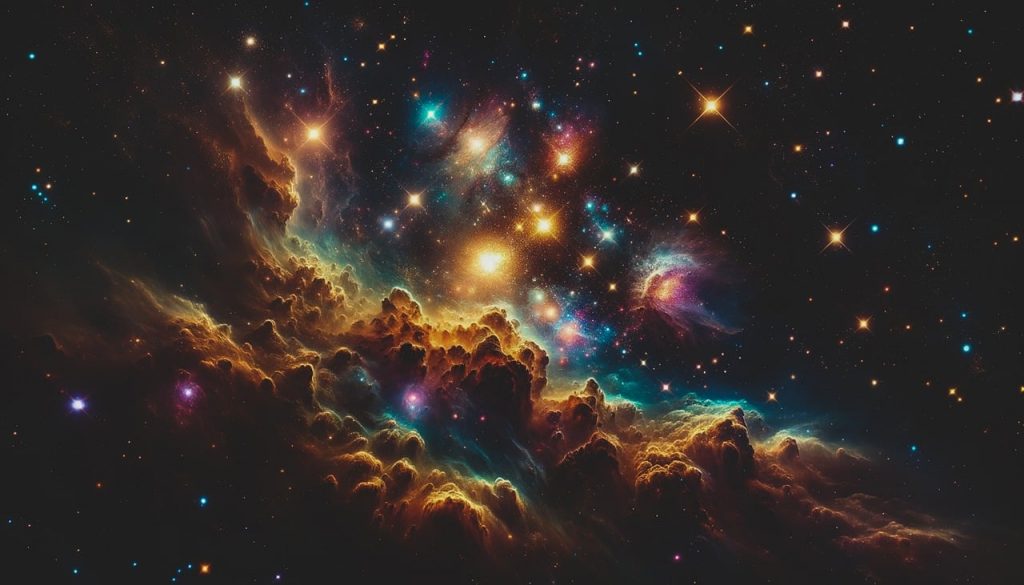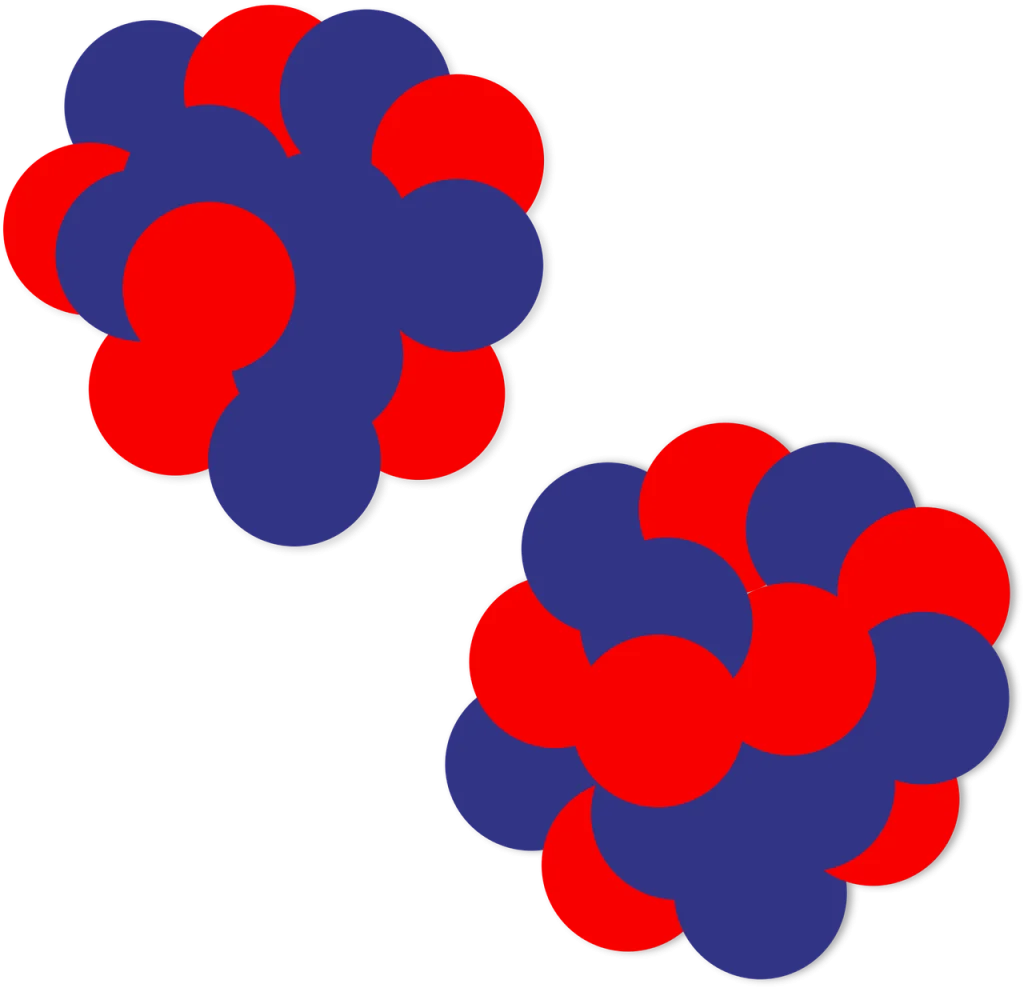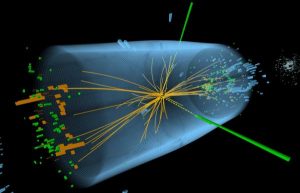
The Standard Model (SM) of particle physics describes nature up to the highest energy scales that we have experimentally probed. However, it leaves a number of questions unanswered; answering them will enable us to establish the theory that describes nature at even higher energies.
These questions cover a wide range of topics in theoretical and experimental physics, but they have one thing in common: they are rooted in observations and can only be formulated with a deep understanding of quantum field theory.
Research areas
The IPhT’s Physics Beyond the Standard Model (BSM) group works at the interface between quantum field theory and high-energy experiments. We seek to understand the microscopic origin of dark matter, neutrino masses and the large hierarchies observed in the dimensional and adimensional couplings of the SM. The group’s main areas of research are as follows:
Constraints on effective theories of fields
We are mapping the space of effective theories in order to understand which deformations of the Standard Model are consistent, even in principle, with the fundamental principles of causality, locality and unitarity. This problem can be formulated as the search for universal low-energy properties of scattering amplitudes. As the theory of general relativity is also an effective theory, this research programme has applications in classical and quantum gravity, as well as in cosmology.

Experimental research into Dark Matter and Gravitational Waves

We are working at the frontier of precision experiments to detect fields with the weakest coupling to the SM, including dark matter composed of axions and gravitational waves.
Hierarchy Problems
We are building models that explain the hierarchy between the mass of the Higgs boson, the cosmological constant and the much higher scale of quantum gravity, the Planck mass.
Neutrino masses and matter-antimatter asymmetry
We are investigating the possibility of probing the physics behind neutrino masses by means of various processes, such as the production of heavy sterile neutrinos at colliders or rare flavour-violating decays of charged leptons. We are also studying the mechanisms likely to give rise to the matter-antimatter asymmetry of the Universe, mainly in relation to neutrino masses.

Scientific staff
Brando BELLAZZINI
Raffaele Tito D’AGNOLO
Stéphane LAVIGNAC


